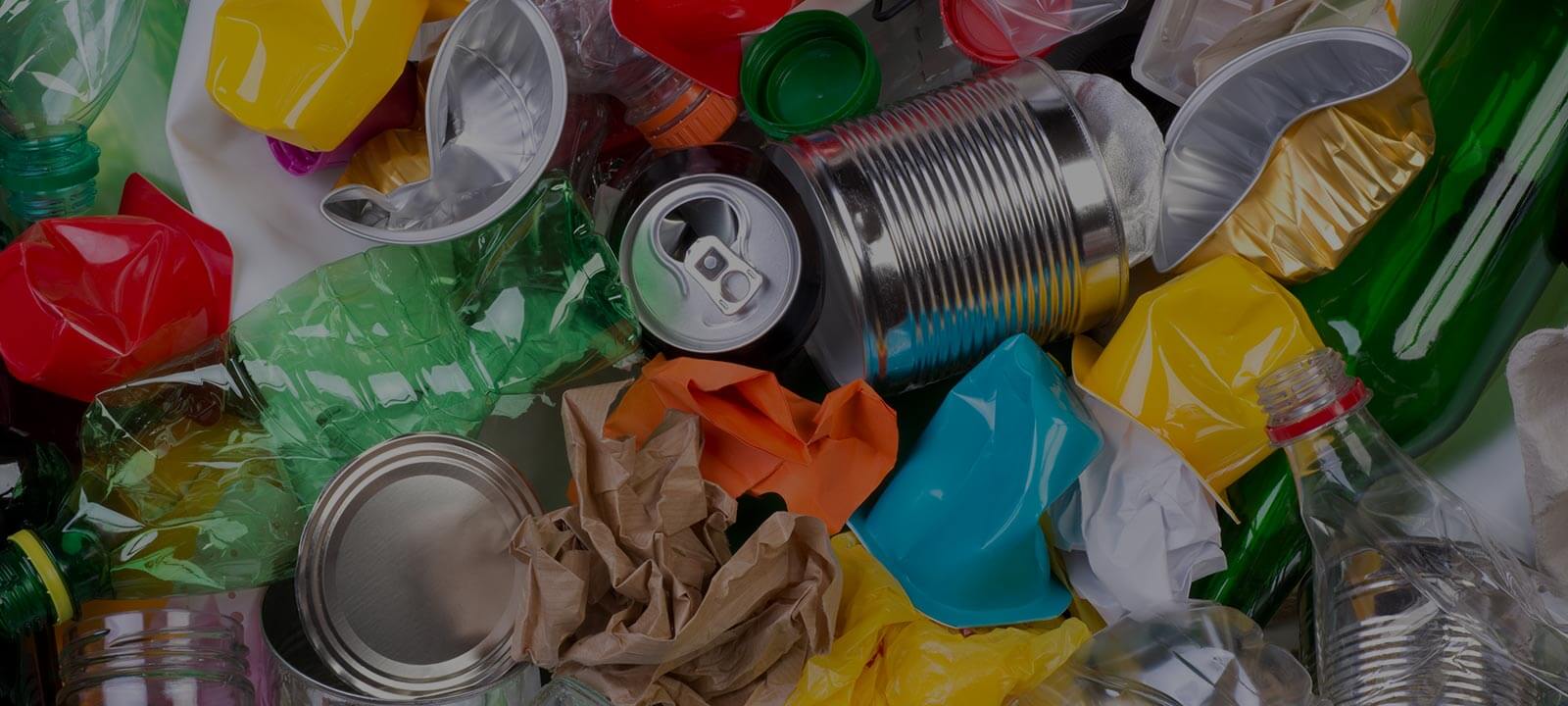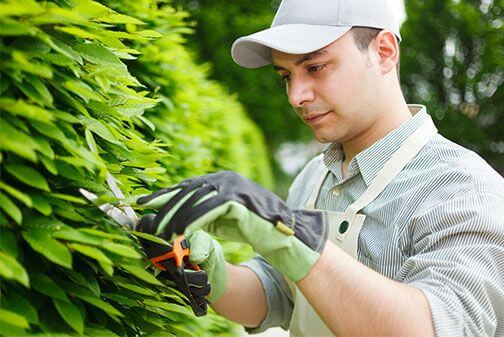Environmentally Friendly Plastic Alternatives
Posted on 27/09/2025
Environmentally Friendly Plastic Alternatives
Plastic, one of the most ubiquitous materials in our modern world, has a dark side: its environmental impact. From ocean pollution to burgeoning landfills, traditional petroleum-based plastics are wreaking havoc on our planet. Thankfully, alternatives are emerging that promise to mitigate these adverse effects. This article delves into the world of environmentally friendly plastic alternatives, exploring their benefits, challenges, and prospects for widespread adoption.
Why Traditional Plastics Are Problematic
Conventional plastics are primarily derived from non-renewable petroleum sources. They are cheap, durable, and versatile, which accounts for their widespread use. However, these same properties make them environmentally problematic. Traditional plastics are non-biodegradable and can remain in the environment for hundreds of years. During this time, they can cause significant harm to wildlife and ecosystems, particularly when they break down into microplastics that infiltrate water supplies and food chains.

Biodegradable Plastics
One of the most promising categories of environmentally friendly plastics is biodegradable plastics. These materials are designed to break down more rapidly than traditional plastics, usually with the help of microbial processes. Corn-based polylactic acid (PLA) and polyhydroxyalkanoates (PHAs) produced by bacterial fermentation are two notable examples.
PLA (Polylactic Acid): PLA is produced from fermented plant starch (usually corn) and is one of the most widely used biodegradable plastics. It is often used in packaging, disposable tableware, and even medical implants due to its biocompatibility.
PHAs (Polyhydroxyalkanoates): PHAs are produced by bacteria as part of their metabolic processes. These plastics are fully biodegradable and are being explored for use in medical devices, packaging, and agricultural films.
Plant-Based Plastics
Another category worth mentioning is plant-based or bio-based plastics. These are derived from renewable biological resources rather than petroleum. Not all plant-based plastics are biodegradable, but they offer a more sustainable lifecycle compared to traditional plastics.
Bio-PET (Polyethylene Terephthalate): Bio-PET is chemically identical to traditional PET but is synthesized from bio-based compounds like sugarcane ethanol. It is commonly used in beverage bottles and food containers.
Bio-PE (Polyethylene): Similar to Bio-PET, Bio-PE is derived from renewable resources. It has applications in packaging, agricultural films, and consumer goods.
Recycled Plastics
Recycling existing plastics is another vital strategy for reducing plastic waste. Advances in sorting technologies, chemical recycling, and incentives for returning used plastics are making recycling a more viable option than it has been in the past.
Mechanical Recycling: This traditional method involves collecting, sorting, and mechanically reprocessing plastic waste into new products. While effective, it can be limited by contamination and degradation of material quality over multiple cycles.
Chemical Recycling: This newer approach breaks down plastics into their basic chemical components, which can then be reconstituted into new plastics. This method can handle a broader range of plastic types and is less affected by contamination.
Challenges and Limitations
Despite their promise, environmentally friendly plastic alternatives face several hurdles to widespread adoption. One major challenge is cost. Bio-based and biodegradable plastics often require more expensive starting materials and production processes than traditional plastics. Additionally, these materials may require specialized composting facilities to break down properly, which are not yet widespread.
Performance can also be an issue. For instance, biodegradable plastics may not offer the same strength and durability as their conventional counterparts, limiting their application in certain industries. Furthermore, public awareness and comprehension of the benefits and proper disposal methods for these alternatives need improvement.
The Role of Policy and Regulation
Legislation plays a crucial role in steering both industry and consumers toward more sustainable choices. Bans on single-use plastics, mandates for recycled content, and subsidies for research into new materials can significantly accelerate the adoption of environmentally friendly alternatives. The European Union's directive on single-use plastics and California's law mandating recycled content in plastic bottles are examples of such proactive measures.
Innovative Research and Future Directions
The field of environmentally friendly plastics is continuously evolving. Researchers are investigating new materials, such as fungi-based plastics, and enhancing the properties of existing ones to make them more competitive with traditional plastics. Nanotechnology is also being explored to enhance the performance and biodegradability of these materials.
Fungi-Based Plastics: Companies are experimenting with using mycelium, the root structure of mushrooms, to create compostable packaging materials. These materials are not only sustainable but also biodegradable and can be produced with minimal environmental impact.
Enhanced Biodegradability: Scientists are working on adding biodegradable additives to traditional plastics to accelerate their degradation. These additives can make plastics decompose faster when exposed to sunlight, oxygen, and moisture.

Consumer Responsibility
Finally, consumers play a critical role in the transition to sustainable plastics. Simple actions like opting for products with minimal or biodegradable packaging, participating in recycling programs, and supporting companies that prioritize sustainability can collectively make a significant impact. Education is key; understanding the life cycle of plastics and the benefits of alternatives can drive more responsible purchasing behaviors.
Conclusion
In summary, environmentally friendly plastic alternatives represent a critical step in combating the plastic pollution crisis. While challenges remain in terms of cost, performance, and infrastructure, ongoing innovation, supportive policy measures, and consumer awareness are driving us toward a more sustainable future. The transition may not be easy, but it is imperative for the health of our planet and future generations.






